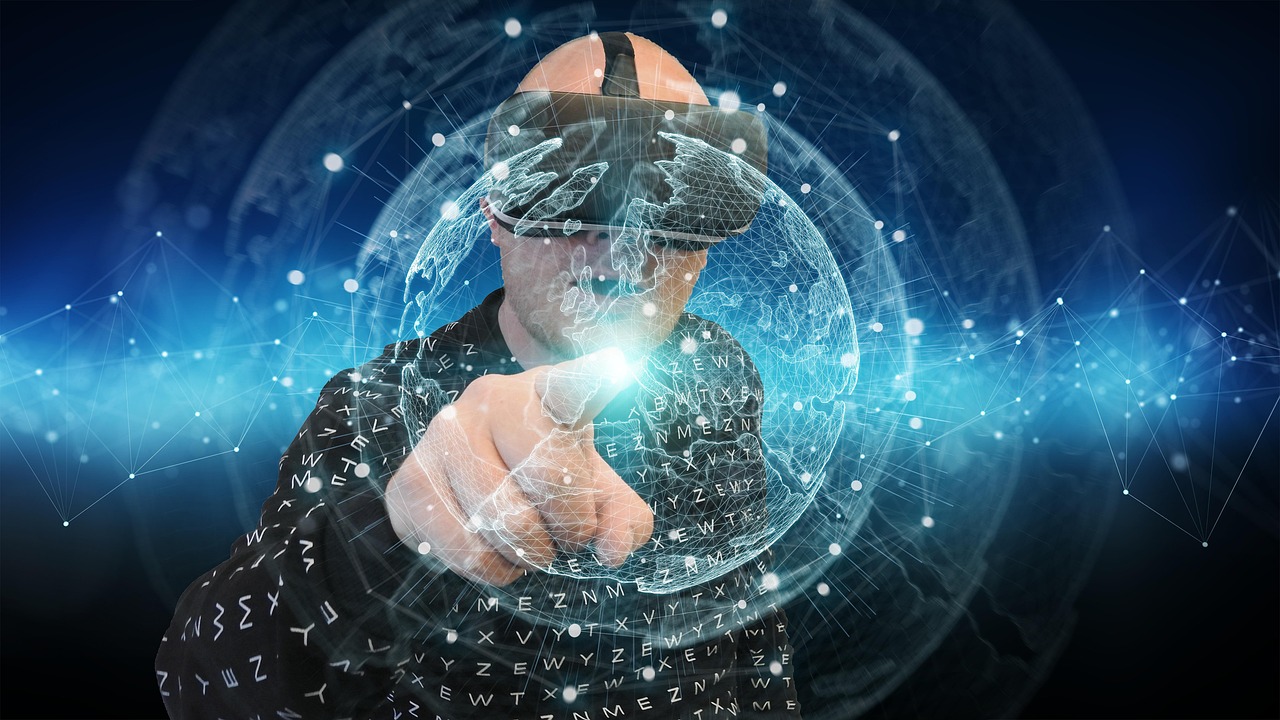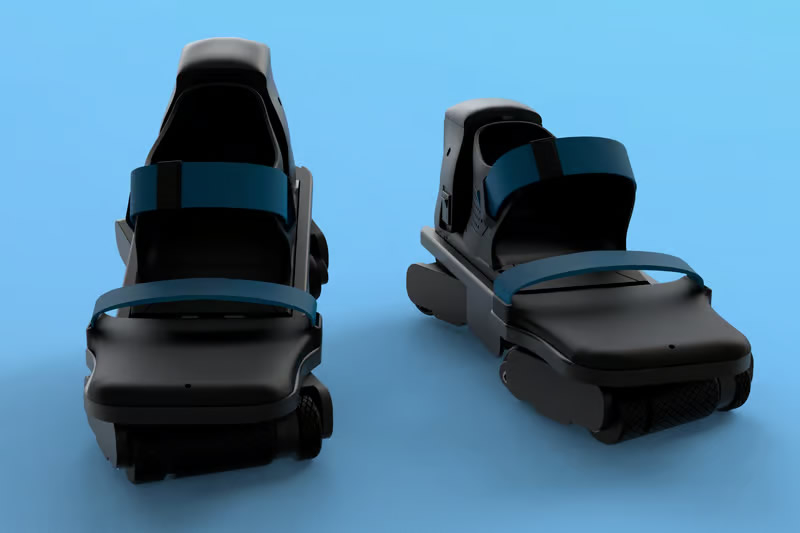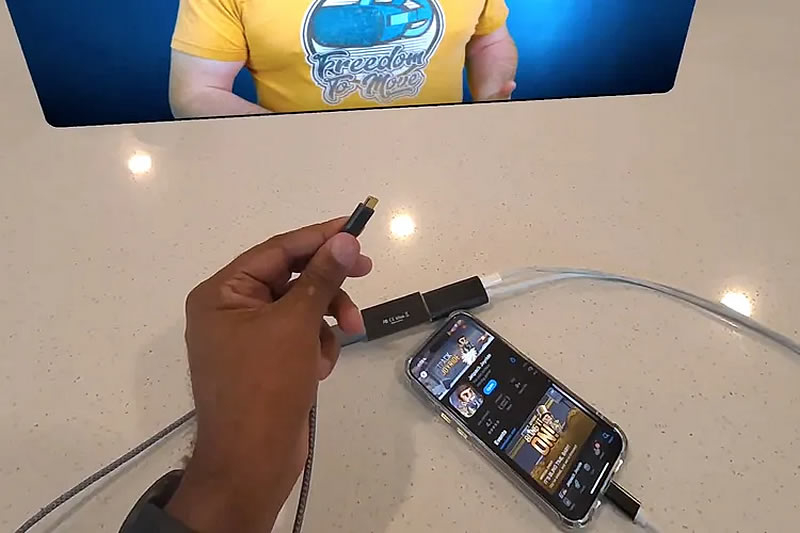Credit: Pixabay
In the office of the University of Colorado, a robot the size of a pizza on three wheels rolls along the gray carpet. It picks up a plastic cube with a mechanical arm and carefully puts it back.
This is what a new approach to space exploration looks like: people and robots work together. For example, they build observatories or bases for astronauts.
Students and graduates of the university are solving a difficult problem: how to learn to control robots on the Moon without leaving the Earth? Gravity there is six times weaker, the surface is pockmarked with craters, and some areas are forever hidden in darkness.
In a new study, the team tested whether virtual reality can become a training ground for operators. They created a digital double of a robot named Armstrong and simulated its work in VR.
“It’s surprisingly realistic”, says Xavier O’Keefe, one of the authors.
“When I first put on the glasses, the robot was standing in the corner, and it was strange to see myself from the outside.”
The experiment showed that those who first trained in VR completed the task 28% faster and felt less stress.
For now, Armstrong remains on Earth, but his technology may one day help people explore the Moon.




